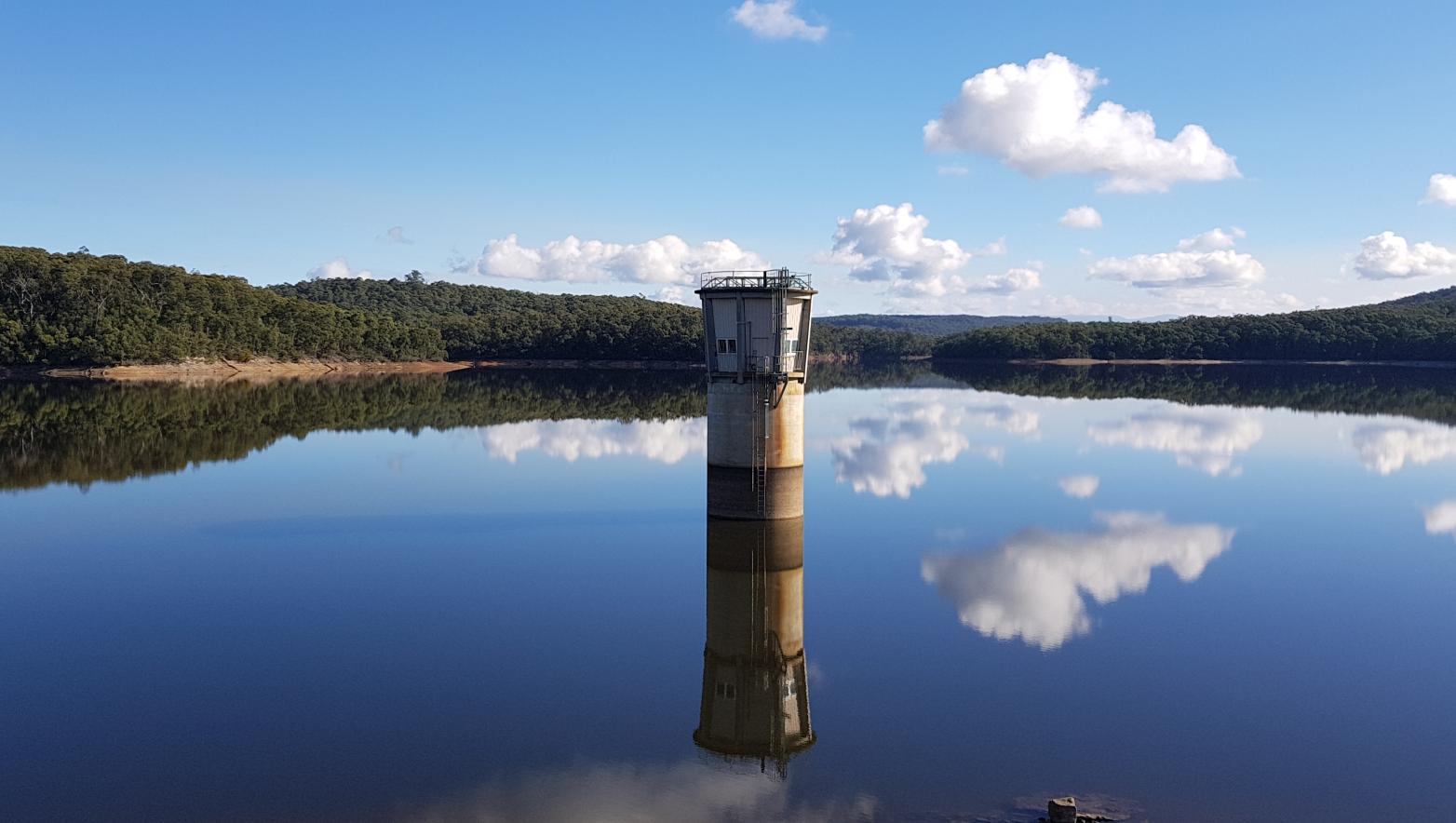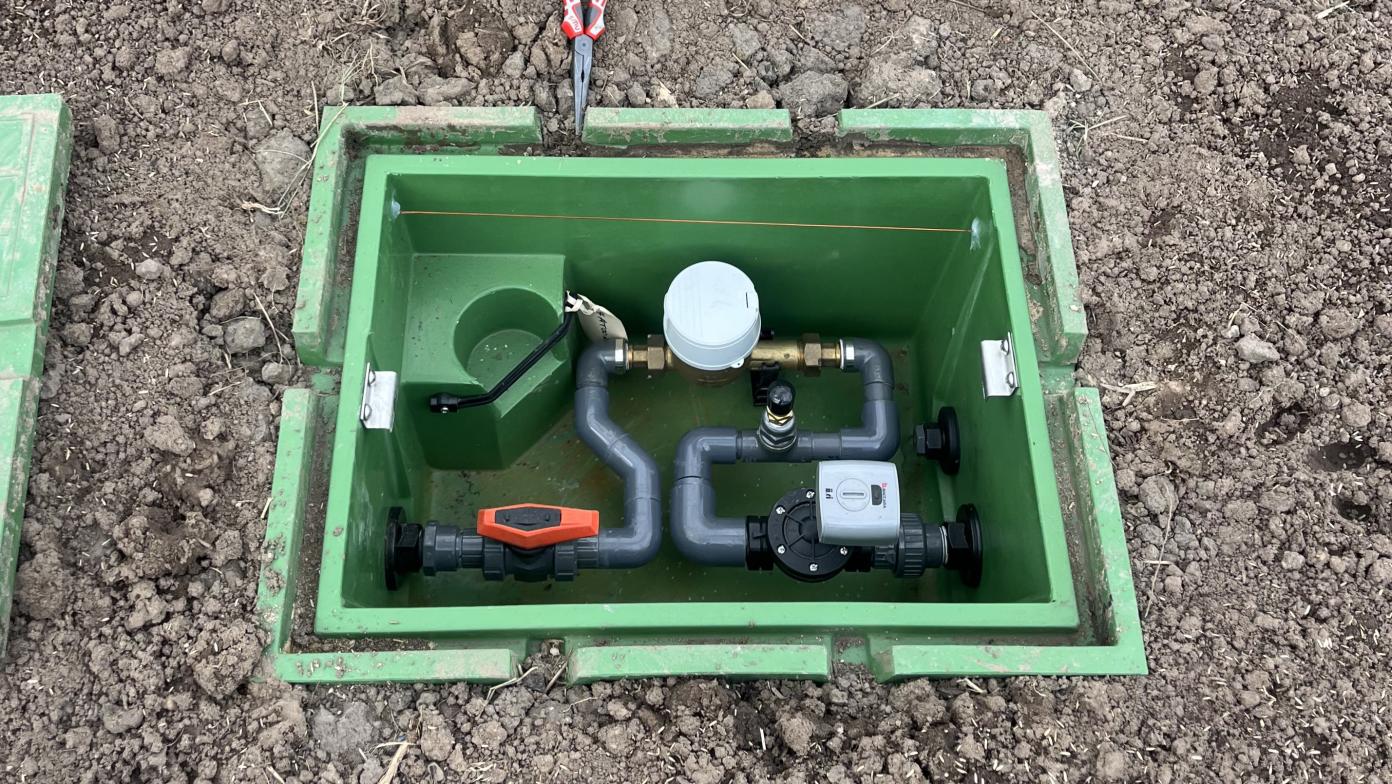Drier conditions mark the end of La Niña

Gippsland Water is urging customers to be mindful of their non-essential water use, as the wetter-than-usual La Niña weather pattern that has persisted for the last three years comes to end.
Managing director Sarah Cumming said good rainfall over the past three years had dampened catchments and filled many water supply systems in the region.
“We’ve spent this time proactively investing in our infrastructure network to strengthen water security for our customers.
“Our stream flows, storages and aquifers are all in a strong position despite a dry start to the year.
Although Gippsland Water doesn’t predict water supply shortfalls in the coming months, Ms Cumming urged customers to continue to be mindful of their water use.
“We know that the La Niña weather phenomenon, which has dominated the last three years, has now come to an end.
“We can’t rely on the wetter and cooler conditions that have helped to keep our water storages strong in recent years.
“Permanent water saving rules are in place and there are simple things we can all do to save water and reduce demand,” Ms Cumming said.
Things people can do to make sure they’re following state-wide permanent water saving rules include:
- Making sure that hand-held hoses are leak free and fitted with a trigger nozzle.
- Restricting the use of watering systems on residential gardens to between 6pm and 10am.
- Watering gardens with a bucket, watering can or hand held hose with trigger nozzle.
- Using only recirculated water in fountains and water features.
- Avoiding cleaning hard surfaces with water (exceptions apply, including for construction, renovations, removing hazards and emergencies)
You can find tips about saving water at home and all the permanent water saving rules at www.gippswater.com.au/savewater
After an unusually long three years of recurring La Niña phases, Gippsland is transitioning into a neutral phase with a chance of El Niño developing later this year.
La Niña saw cool, wet conditions, while a neutral phase is expected to see a return to warmer, drier conditions for the region, and El Niño increasing the likelihood of drought.


